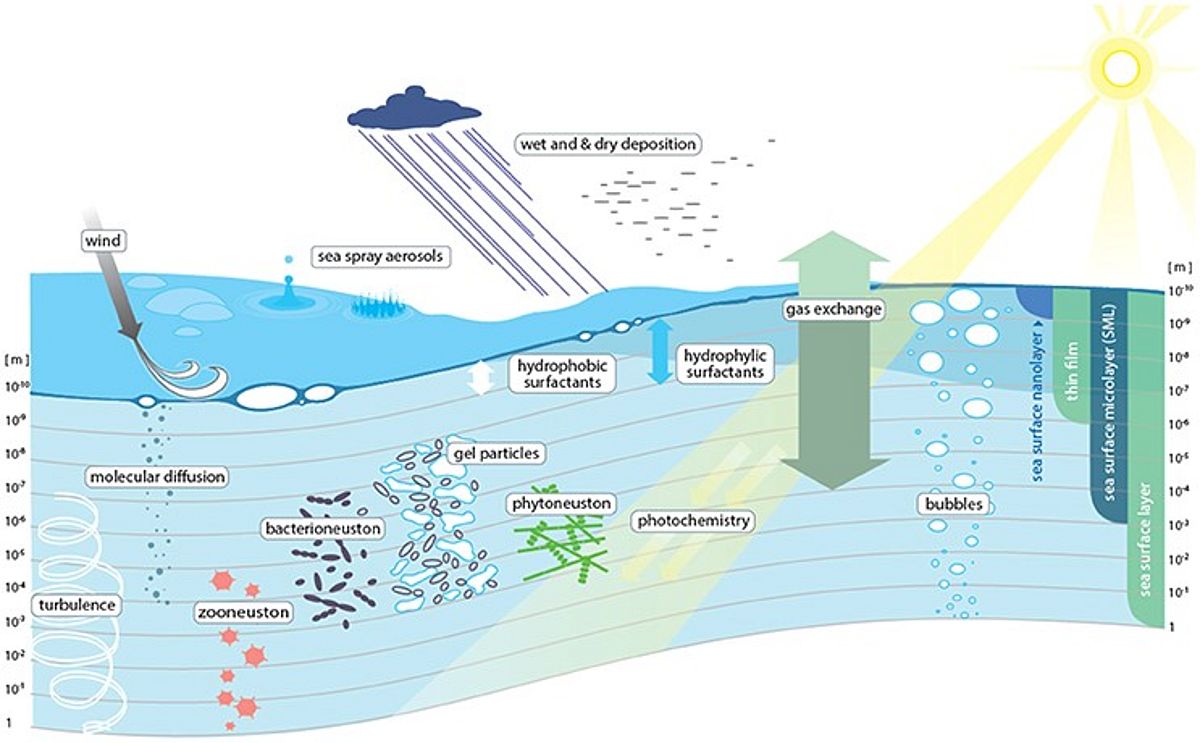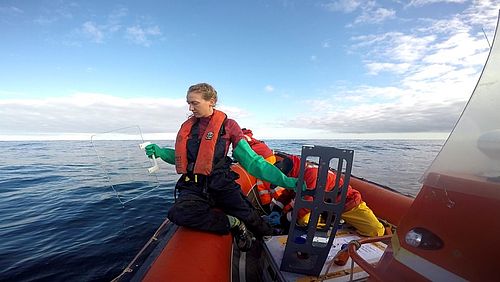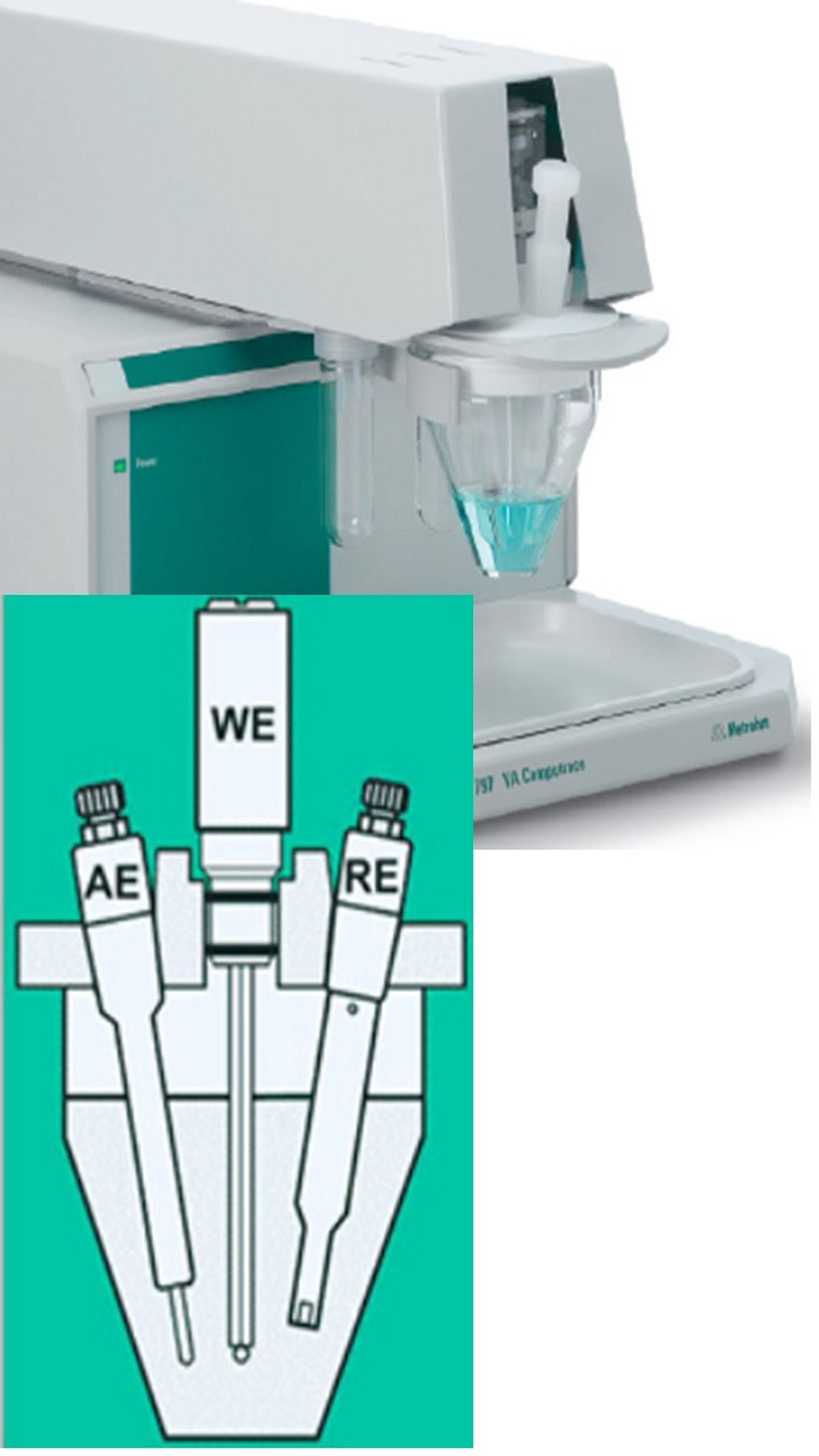The SML can be collected by several techniques, one of which is the deployment of a glass plate after Harvey and Burzell (1972). This technique makes use of the hydrophilic surface of the glass plate. For sampling, the glass plate is lowered through the water surface and slowly and perpendicularly withdrawn (Figure 2). Due to surface tension, it collects the uppermost layer of the ocean. Subsequently, the sample is whipped of the plate and pooled in a bottle. The SML collected by this technique measures approximately 100µm in depth. Sampling with the glass plate requires rather calm weather conditions since the deployment of a working boat is wind and wave dependent, which is also representative for the limits set to SML research. Weather dependencies lead to a general under sampling of the SML at high sea state. Other sampling methods applied by our group include the Garrett-Screen technique (Garrett 1965), where the SML is collected between a narrow grid of metal mashes.
- Surface activity measurements by AC phase sensitive voltammetry





